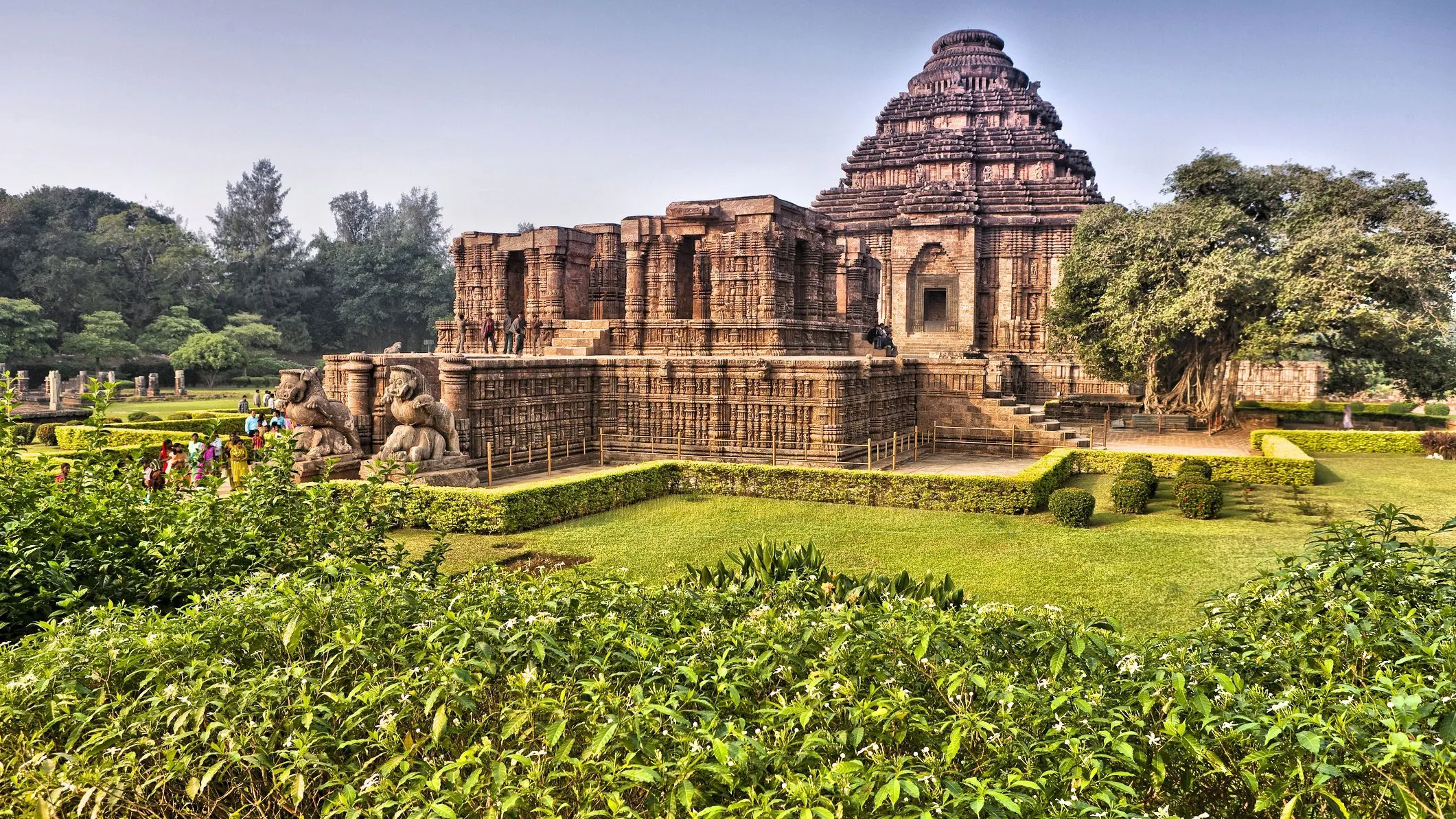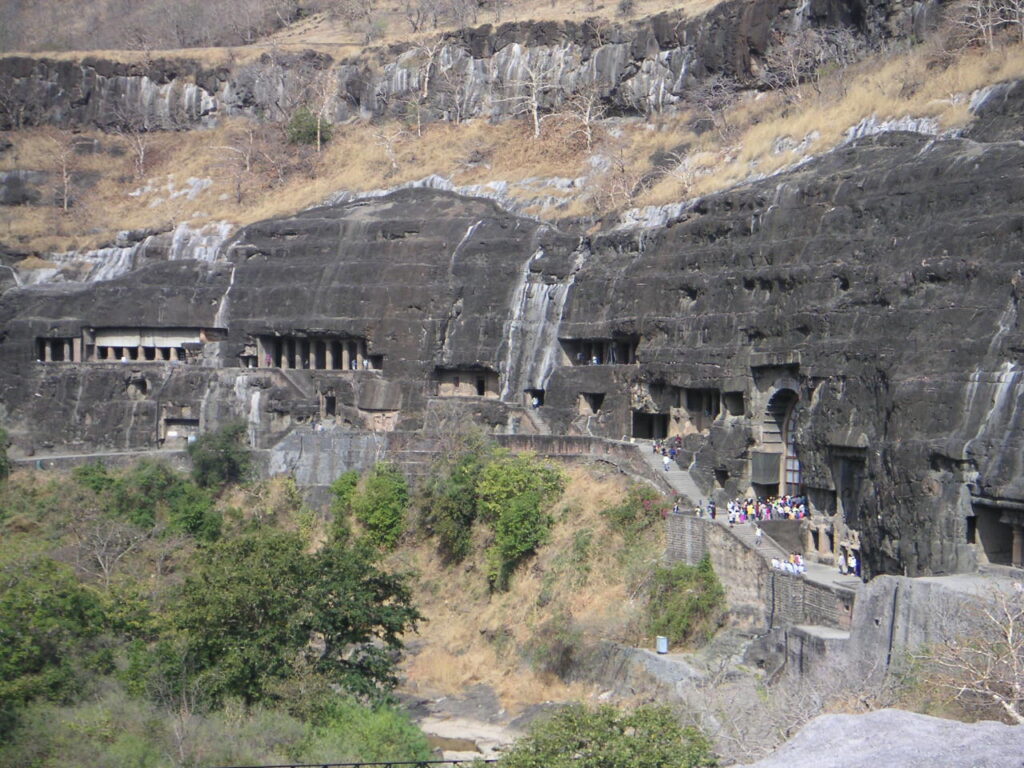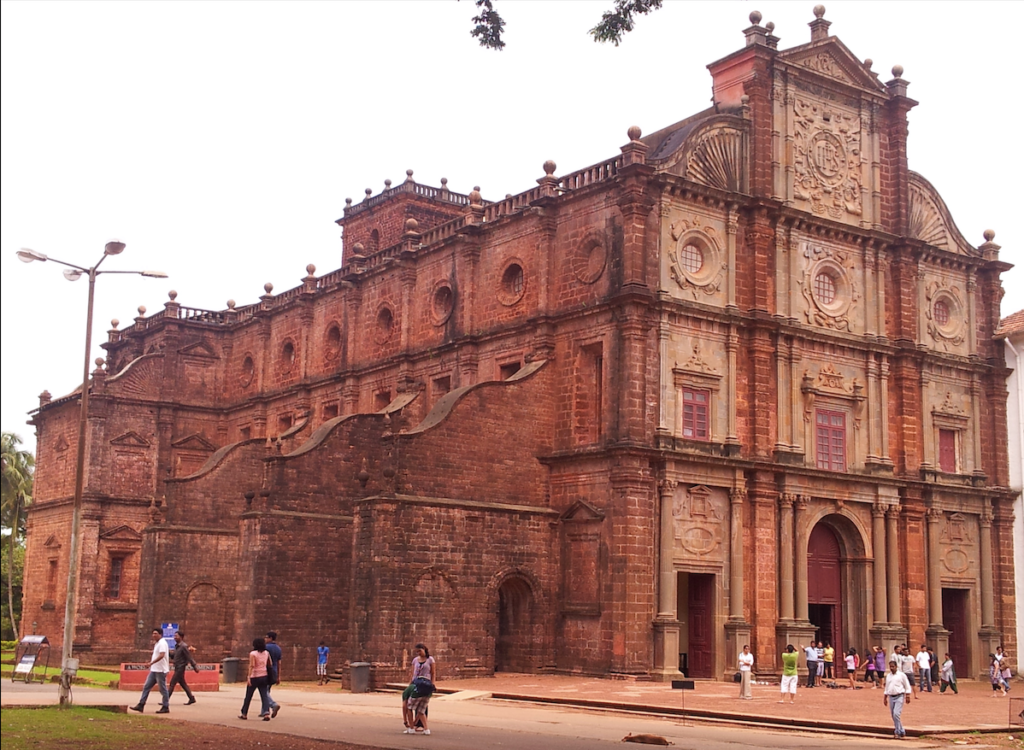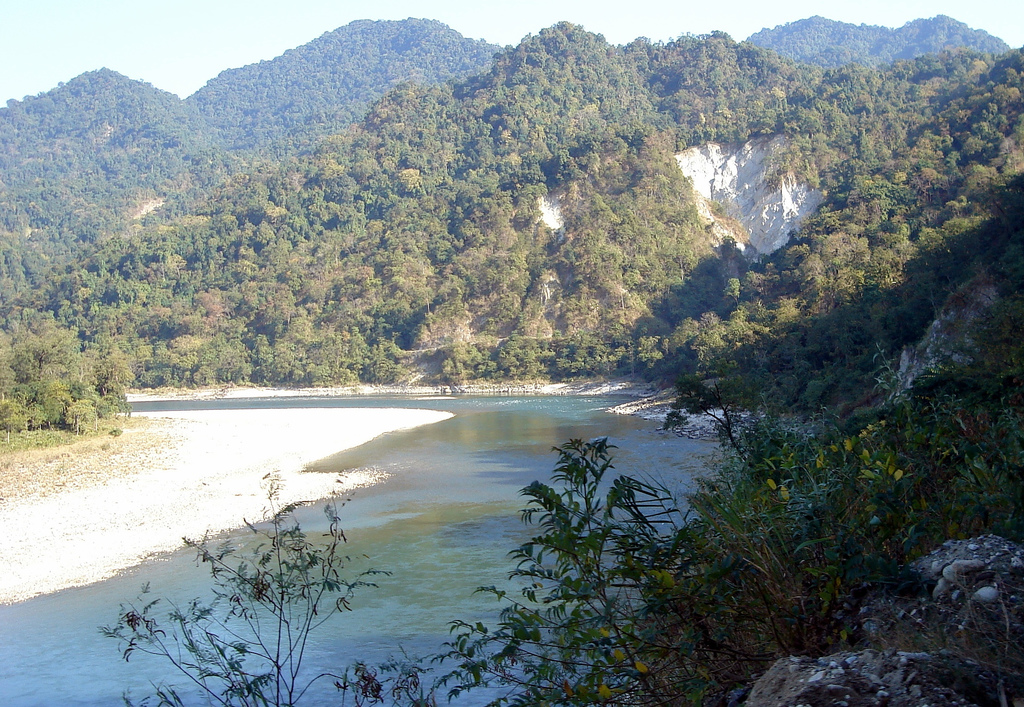Introduction
The Sun Temple, located in Konârak, Odisha, India, is one of the most magnificent examples of ancient Indian architecture and a UNESCO World Heritage Site. Known for its intricate carvings, unique architectural design, and historical significance, the temple stands as a testament to the ingenuity and craftsmanship of ancient Indian builders. Dedicated to Surya, the Sun God, the temple was constructed in the 13th century during the reign of King Narasimhadeva I of the Eastern Ganga Dynasty.
Historical Context
The Sun Temple, also known as the Black Pagoda due to its dark color and its use as a navigational landmark by ancient sailors, was constructed in 1250 CE. King Narasimhadeva I commissioned the temple to celebrate his victory over the Muslim invaders. The temple not only served as a place of worship but also symbolized the might and cultural zenith of the Ganga dynasty.
Architectural Design
The architectural design of the Sun Temple is a marvel of engineering and artistry. The temple complex is laid out in the form of a colossal chariot, complete with twelve pairs of elaborately carved stone wheels, drawn by seven spirited horses. This chariot represents the celestial chariot of Surya, who traverses the sky, bringing light and warmth to the earth.
The Main Sanctum
The main sanctum, or Vimana, originally stood about 229 feet (70 meters) tall, but much of it is now in ruins. Despite its dilapidated state, the remnants of the sanctum provide a glimpse into the grandeur that once was. The walls are adorned with intricate carvings depicting various aspects of life, including deities, dancers, musicians, and scenes from daily life.
The Jagamohana
The Jagamohana, or the assembly hall, is another prominent structure within the temple complex. This structure is remarkably well-preserved and stands as a testament to the architectural brilliance of the time. The roof of the Jagamohana is pyramid-shaped and is supported by massive pillars, each intricately carved with images of gods, goddesses, and mythological figures.
The Natya Mandapa
The Natya Mandapa, or the dance hall, is a significant part of the temple where, according to historical accounts, dances dedicated to the Sun God were performed. This hall is an open-air pavilion supported by exquisitely carved pillars and stands as a testament to the temple’s cultural importance.
Symbolism and Carvings
The carvings on the Sun Temple are not only artistically exquisite but also rich in symbolism. The twelve pairs of wheels represent the twelve months of the Hindu calendar, and the eight spokes of each wheel symbolize the eight ideal stages of a woman’s day. The seven horses symbolize the seven days of the week.
The temple’s walls are covered with an array of sculptures that depict various aspects of life and spirituality. These include scenes of war, hunting, courtly love, and mythological narratives. The erotic sculptures, similar to those found in the Khajuraho temples, symbolize the Tantric traditions and the celebration of life and love.
Construction Techniques
The construction of the Sun Temple involved advanced techniques and an impressive understanding of engineering. The entire structure was built using Khondalite rocks, and iron beams were used to provide structural support. The precision with which the stones were carved and assembled is a testament to the high level of craftsmanship of the artisans.
One of the most remarkable aspects of the temple’s construction is the use of iron clamps to hold the stones together. Additionally, the main sanctum was designed to use the natural sunlight to illuminate the interior, highlighting the idol of Surya at specific times of the day.
Decline and Restoration
Over the centuries, the Sun Temple faced significant challenges, including natural disasters and neglect, which led to its gradual decline. By the early 19th century, much of the main sanctum had collapsed, and the site was heavily overgrown and in disrepair.
In the late 19th and early 20th centuries, efforts were made to restore and preserve the temple. The British authorities, recognizing the historical and cultural importance of the site, initiated measures to clear the surrounding area and reinforce the remaining structures. Today, the Archaeological Survey of India (ASI) is responsible for the ongoing conservation and restoration efforts at Konârak.
Cultural Significance
The Sun Temple at Konârak holds immense cultural and spiritual significance. It is not only a masterpiece of Indian temple architecture but also a symbol of the cultural and artistic achievements of the Eastern Ganga dynasty. The temple is a site of pilgrimage and continues to attract devotees from across the country, especially during the annual Chandrabhaga Mela, a festival dedicated to the Sun God.
UNESCO World Heritage Status
In 1984, the Sun Temple was declared a UNESCO World Heritage Site, recognizing its outstanding value to humanity. The designation highlights the temple’s architectural and artistic significance and underscores the importance of preserving this cultural treasure for future generations.
Modern-Day Relevance
Today, the Sun Temple at Konârak is a major tourist attraction, drawing visitors from around the world who come to marvel at its architectural beauty and historical significance. The temple complex is also a center for scholarly research, with historians, archaeologists, and art historians studying its carvings and construction techniques to gain insights into India’s rich cultural heritage.
Conclusion
The Sun Temple of Konârak stands as a beacon of India’s ancient architectural prowess and cultural heritage. Its intricate carvings, innovative design, and historical significance make it a priceless gem of Indian history. Despite the ravages of time, the temple continues to inspire awe and admiration, reminding us of the incredible achievements of our ancestors. As a UNESCO World Heritage Site, the Sun Temple not only belongs to India but to the entire world, symbolizing the timeless beauty and enduring legacy of human creativity and devotion.
4o






